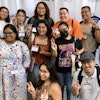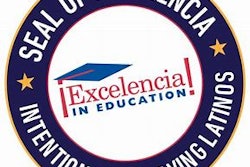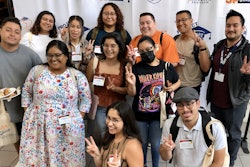In 1983, Latinos made up less than 2 percent of faculty members and less than 5 percent of college students. Public funding for Latino research was paltry, and for research purposes many policymakers often arbitrarily lumped Latinos with other minorities.
Despite their evidently soaring numbers, Latinos were, in effect, invisible in the academy.
It was against this backdrop that directors of four Latino research centers—the University of Texas at Austin, UCLA, Stanford and Hunter College—met to come up with plans to boost Latino-focused research and increase the pool of Latino researchers and faculty.
One outcome of their meeting was the creation of the Inter-University Program for Latino Research (IUPLR).
Today, the consortium boasts 25 member universities and research centers. Its members have been credited with producing groundbreaking research and preparing graduate students for careers in academia while nurturing junior faculty members. Member schools include Arizona State University, Wayne State University, Michigan State University, DePaul University and the John Jay College of Criminal Justice. The Smithsonian Institute’s Latino Center is also a member.
In its early days, IUPLR brought together scholars from multiple disciplines to conduct research on a variety of subjects of importance to Latinos, including labor, the economy and immigration. Over the years, the organization’s work has broadened; for much of the last decade, IUPLR has also taken a keen interest in art and culture.















